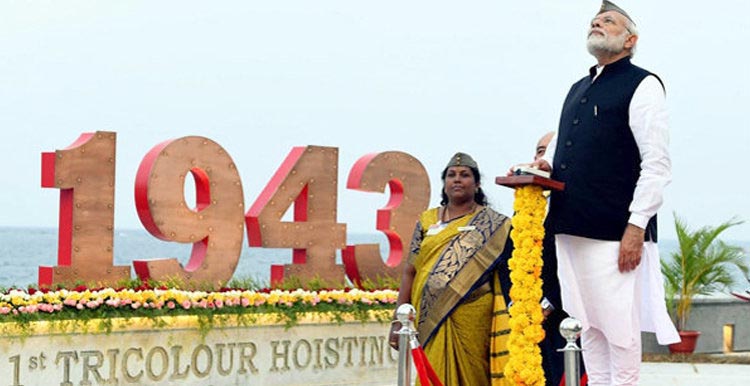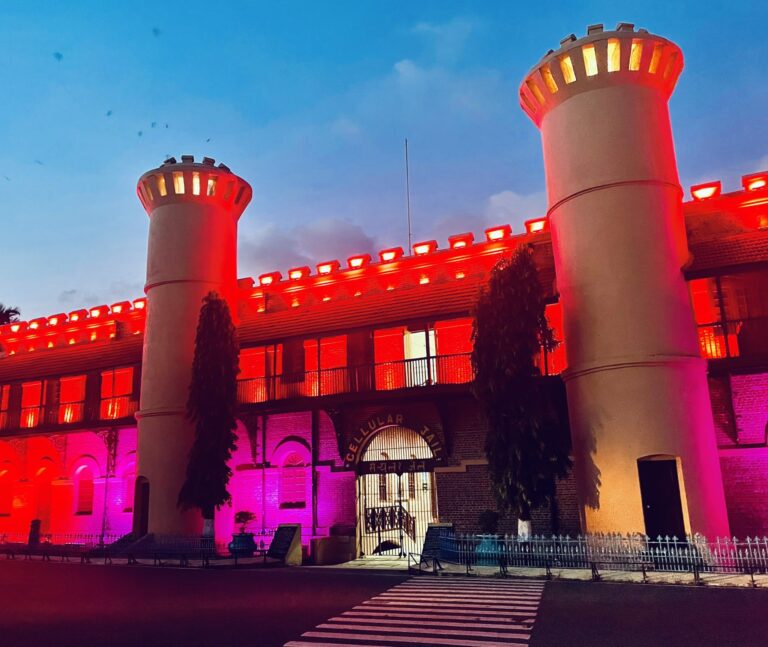Read Time:2 Minute, 32 Second

Andaman and Nicobar Islands, nestled in the Bay of Bengal, are renowned for their pristine beaches, rich biodiversity, and fascinating history. However, beyond the typical tourist attractions, the islands hold a plethora of surprising facts that often go unnoticed. Here are the top 10 shocking facts about Andaman:
- Sentinel Island and the Uncontacted Tribes: One of the most astonishing facts about Andaman is the presence of uncontacted tribes, notably on Sentinel Island. The Sentinalese people have fiercely resisted contact with the outside world, making them one of the last truly isolated civilizations on Earth.
- Cellular Jail, the “Kala Pani”: The Cellular Jail in Port Blair served as a colonial prison during British rule. Its notoriety earned it the moniker “Kala Pani,” where countless Indian freedom fighters were incarcerated and subjected to inhumane treatment.
- Volcanic Origins: Surprisingly, the Andaman and Nicobar Islands are of volcanic origin. Geological studies suggest that these islands emerged from the ocean due to volcanic activities millions of years ago, adding an intriguing dimension to their natural history.
- Barren Island’s Active Volcano: Barren Island, part of the Andaman Islands, boasts India’s only active volcano. This fact surprises many, as the island continuously emits smoke and ash, showcasing the raw power of geological forces in the region.

- World War II Relics: During World War II, the Andaman and Nicobar Islands were occupied by the Japanese. Evidence of this turbulent period can still be found scattered across the islands, including bunkers, airstrips, and abandoned military equipment.
- Bio-luminescent Beaches: Some beaches in the Andaman Islands exhibit a stunning natural phenomenon known as bioluminescence. At night, certain microorganisms in the water emit a blue-green glow, creating a mesmerizing spectacle for visitors.
- Jarawa Tribes: The Jarawa tribes, indigenous to the Andaman Islands, have fascinated anthropologists for their unique way of life. Their semi-nomadic existence in the dense forests of the islands reflects a traditional lifestyle that remains largely untouched by modernity.

- Megapode Birds and Their Unique Nests: Megapode birds, found on several islands in the Andaman archipelago, possess a remarkable nesting behavior. Instead of using body heat to incubate their eggs, they rely on the heat generated by volcanic activity or decaying organic matter.
- Coral Reefs and Marine Diversity: The Andaman and Nicobar Islands are home to some of the most biodiverse coral reefs in the world. These reefs support a myriad of marine life, including rare species of fish, turtles, and vibrant coral formations.
- Tsunami Impact: In 2004, the Andaman and Nicobar Islands were severely affected by the Indian Ocean tsunami, causing widespread devastation and loss of life. The event underscored the islands’ vulnerability to natural disasters and spurred efforts to enhance disaster preparedness and resilience.
These shocking facts about the Andaman and Nicobar Islands offer a glimpse into the region’s diverse natural wonders, rich cultural heritage, and tumultuous history. Whether it’s the enigmatic tribes, volcanic landscapes, or marine marvels, there’s no denying that these islands continue to intrigue and captivate visitors from around the globe.





